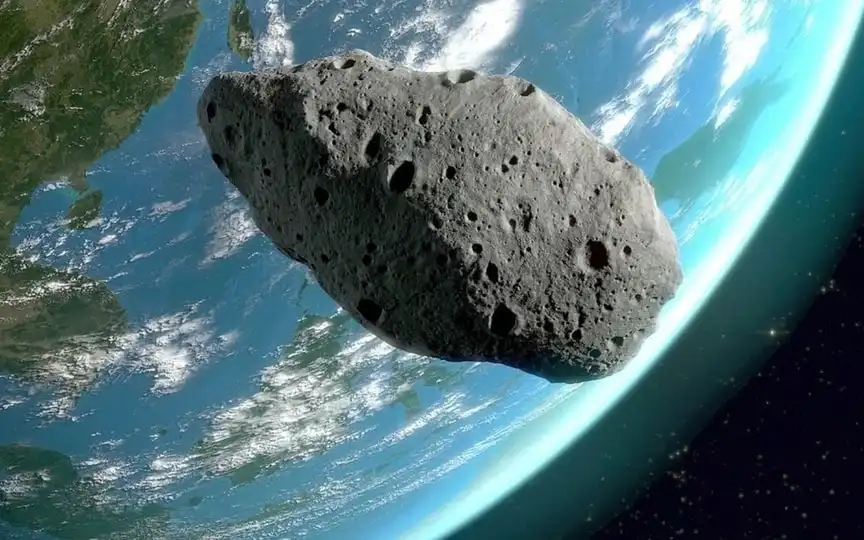Three asteroids set to pass Earth closely today, NASA reports; Details on speed, size, and more
Yesterday, Earth had a close encounter with three asteroids, none of which were deemed dangerous. The largest asteroid was 150 feet wide, nearly the size of an airplane. These near misses highlight the potential danger of celestial objects like asteroids and comets, emphasizing the importance of monitoring their paths. NASA, utilizing advanced technology, has identified three asteroids expected to pass by Earth on March 28.
Asteroid 2024 EO3: Details
NASA’s Center for Near-Earth Object Studies, or CNEOS, is responsible for calculating the trajectories of celestial bodies such as asteroids and comets. It also calculates the collision probability of these objects. The first asteroid expected to pass Earth today has been named Asteroid 2024 EO3 by CNEOS. It is expected to pass the Earth at a distance of only 3.8 million kilometers. The space agency says that it orbits the Sun at a speed of 41,166 kilometers per hour.
Is it about 120 feet wide, so it’s almost as big as an airplane! It belongs to the Apollo group of Near-Earth Asteroids, which are space rocks that pass through the Earth and whose semi-major axes are larger than the Earth’s axis. These asteroids are named after the huge 1862 Apollo asteroid discovered by German astronomer Karl Reinmuth in the 1930s.
Asteroid 2024 FN1: Details
CNEOS has named the second asteroid predicted to pass Earth today as Asteroid 2024 FN1. During its approach, it will come to a distance of up to 6.1 million kilometers and is already orbiting at a speed of 23,748 kilometers per hour.
Asteroid 2024 FN1 is smaller than Asteroid 2024 EO3, but it is still the size of an airplane. Its width is 67 feet. NASA says it is also part of the Apollo asteroid group.
Asteroid 2024 ES4: Details
The last asteroid to pass Earth today is named Asteroid 2024 ES4 and is expected to pass Earth at a distance of nearly 6.7 million kilometers. It has been observed to orbit at a speed of 18474 kilometers per hour.
According to NASA, it belongs to the Amor group of Near-Earth Asteroids, which are near-Earth asteroids with orbits outside Earth but inside Mars, named after asteroid 1221 Amor, discovered by Belgian astronomer E. Delporte. in 1932.
Although these asteroids pass close to Earth, none of them are expected to hit the surface and cause damage to people or property.




